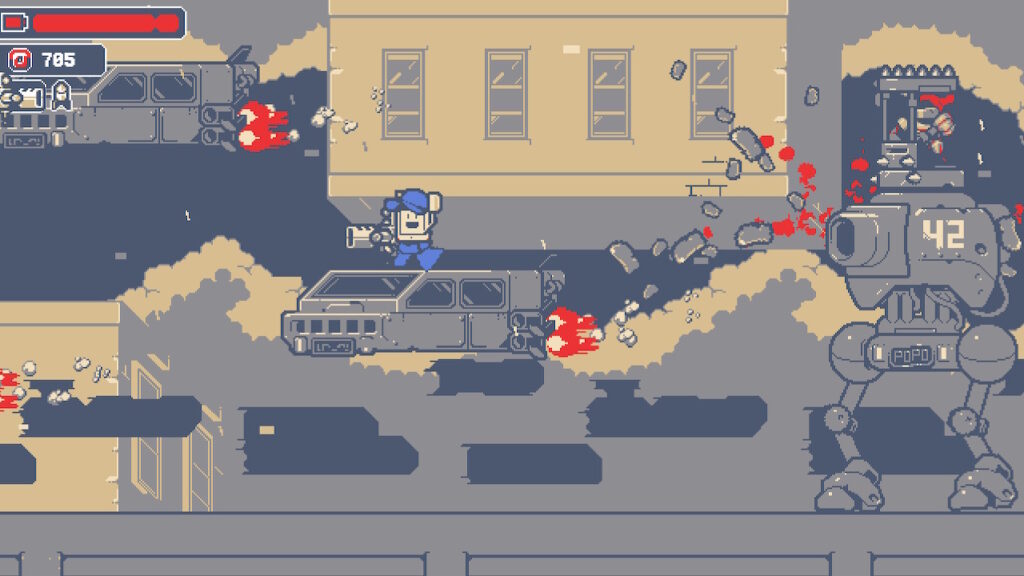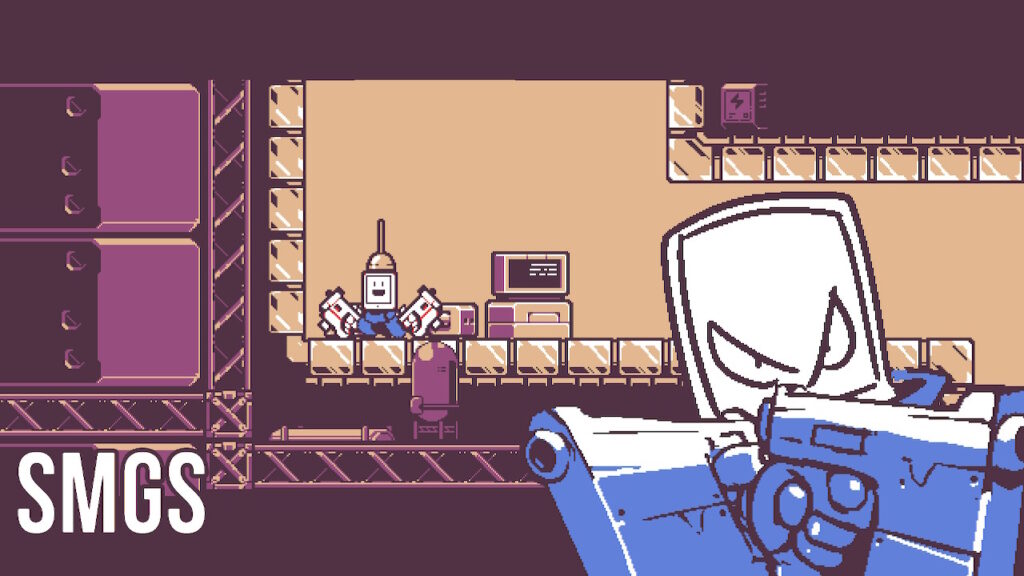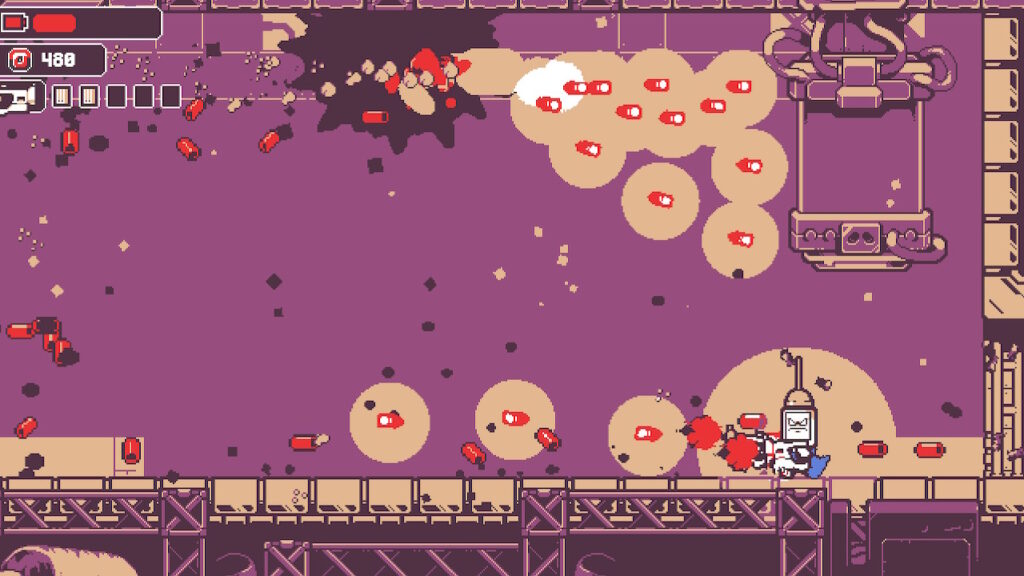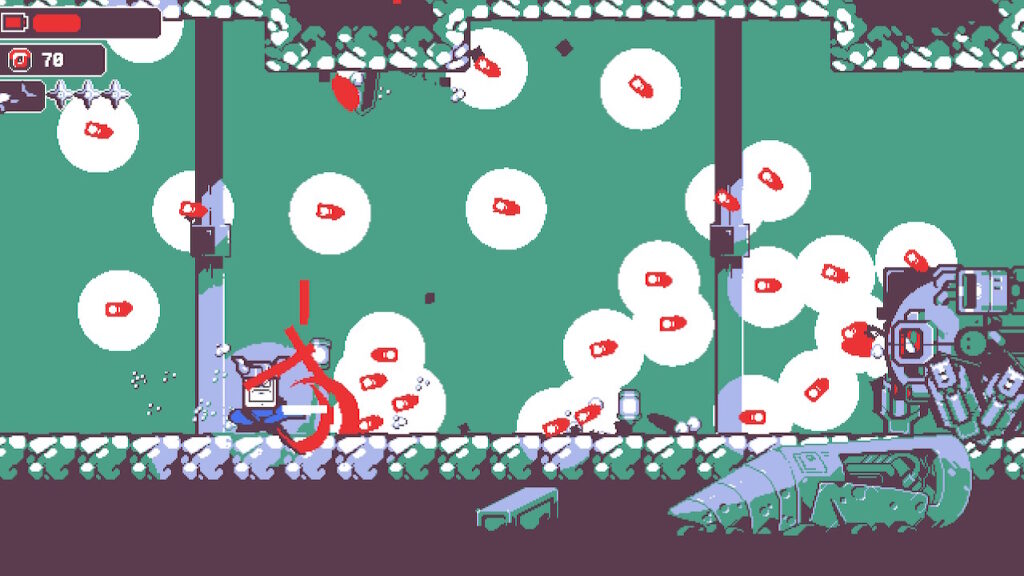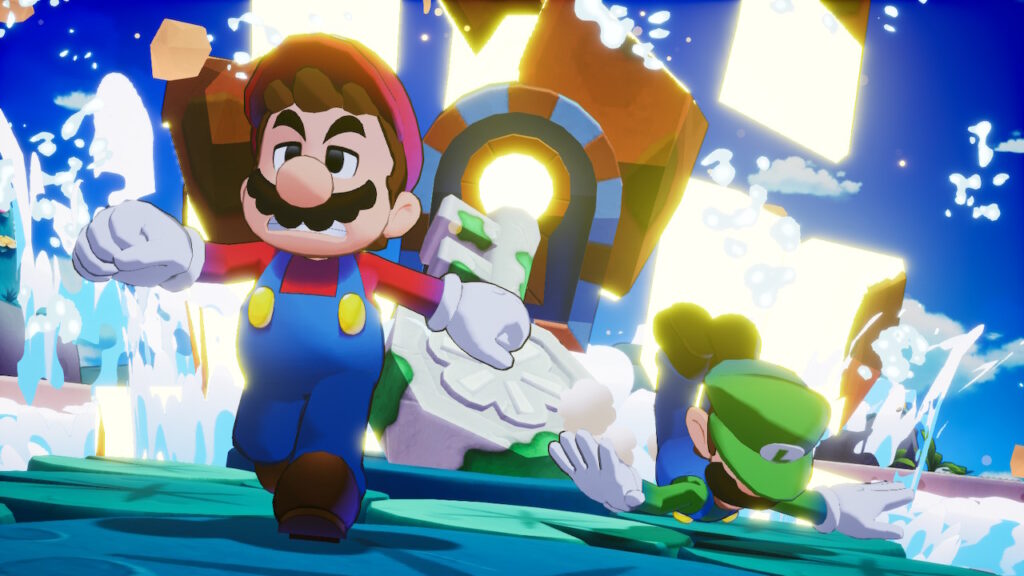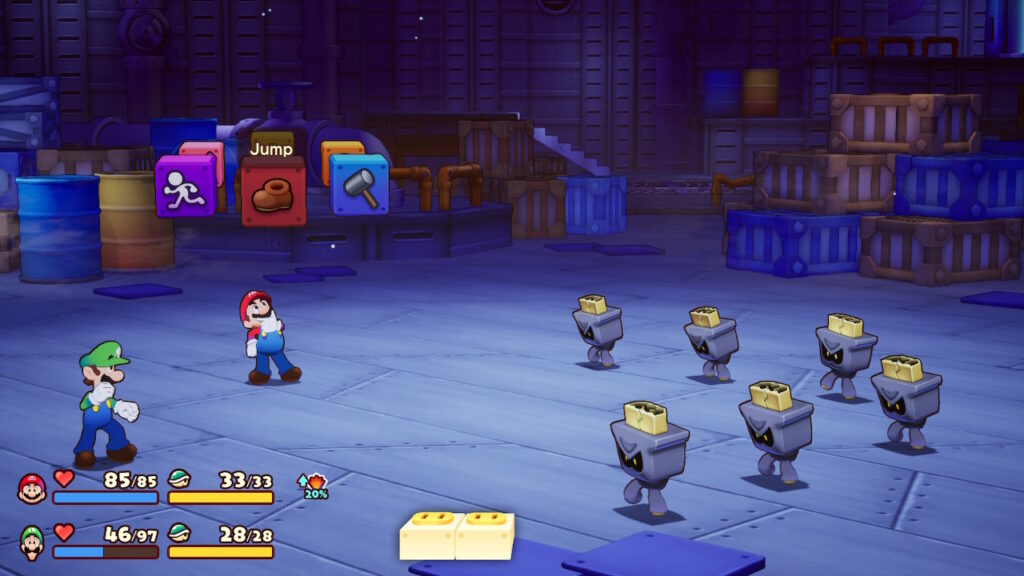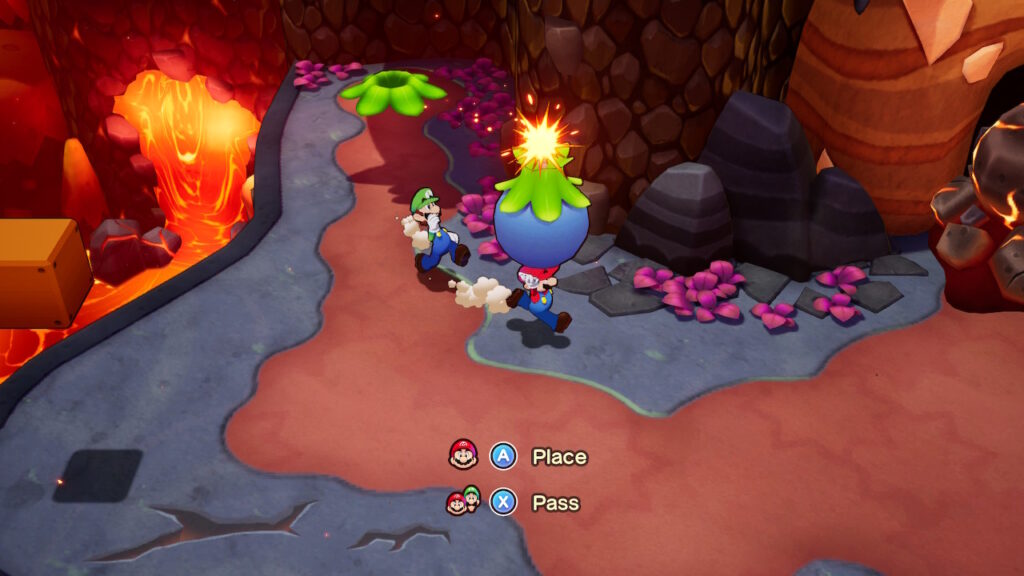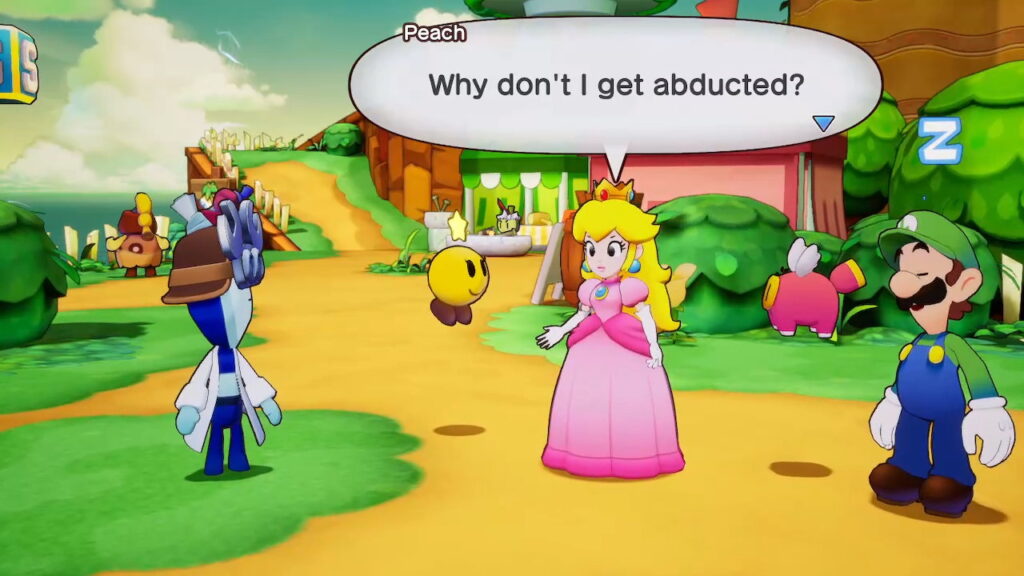- Genre: Action RPG
- Platform: Xbox Series
- Also Available On: PS4, PS5, Xbox One, PC, Switch
This IP is obviously complicated by the fact that the original author has turned out to be a piece of shit and that wasn’t something I wanted to support, so I waited. I waited until it was so cheap that I would effectively not be putting money into the IP. I waited until I had a practical need to play it as a developer. However, it was time for me to get around to playing it and I’m glad I did. The team at Avalanche put something together that is pretty obvious on paper – make an open world RPG third person shooter – and unsurprisingly it works well. The level of polish behind this game puts it right up there with the best of AAA experiences I’ve played over the last several years.
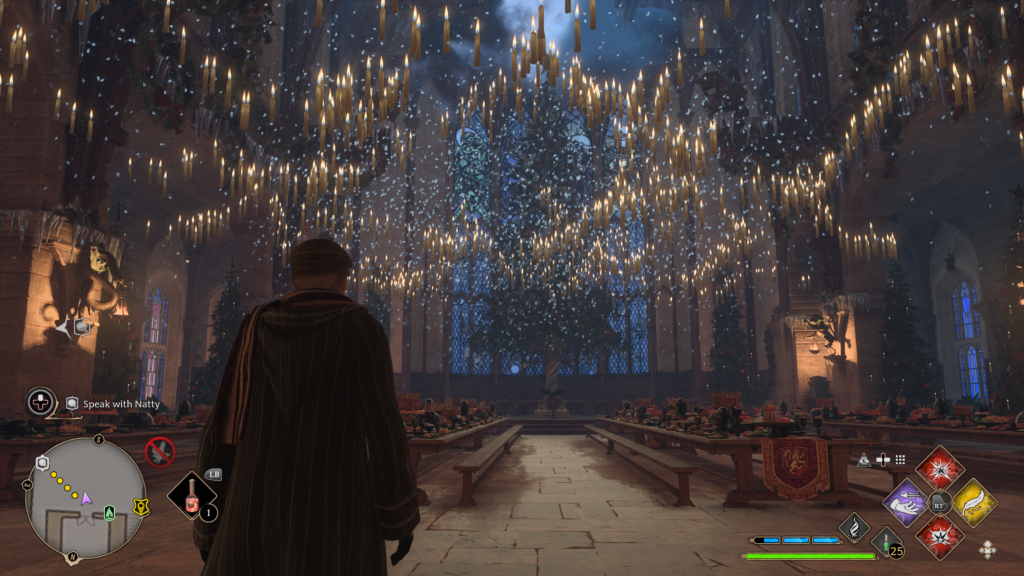
There’s a really interesting push and pull here between childhood nostalgia of what Hogwarts is from the books and movies against what is expected of a playable videogame experience, and this one does a surprisingly good job of playing that balance. There’s sections that are heavy on puzzles that really lean into the lore. You’ll be solving puzzles created by Merlin or finding important objects to the universe or capturing magical creatures. There’s sections that are then heavy on combat where you’re fighting dark wizards and trolls and goblins. The game does a good job of balancing that back and forth to where you’re never doing one for a particularly long time back to back so you get into natural sort of peaks and valleys of action that allow rest between.
Underlying all of this is how it ties together the overall story with simply being a student. Yes, you’re doing something larger than Hogwarts as the meta experience, but within that are chunks of distinct classroom experiences. You’ll be given tasks by the professors that need to be completed. For example – use a specific potion and defeat enemies, capture some specific magical creature, defeat enemies with particular spell combos, etc. Those lessons then result in you learning new spells to use further in the game. It’s got a very Nintendo quality to it in that it’s naturally tutorializing parts of the game without being overtly in your face about it, then rewarding you with a new toy to play with.
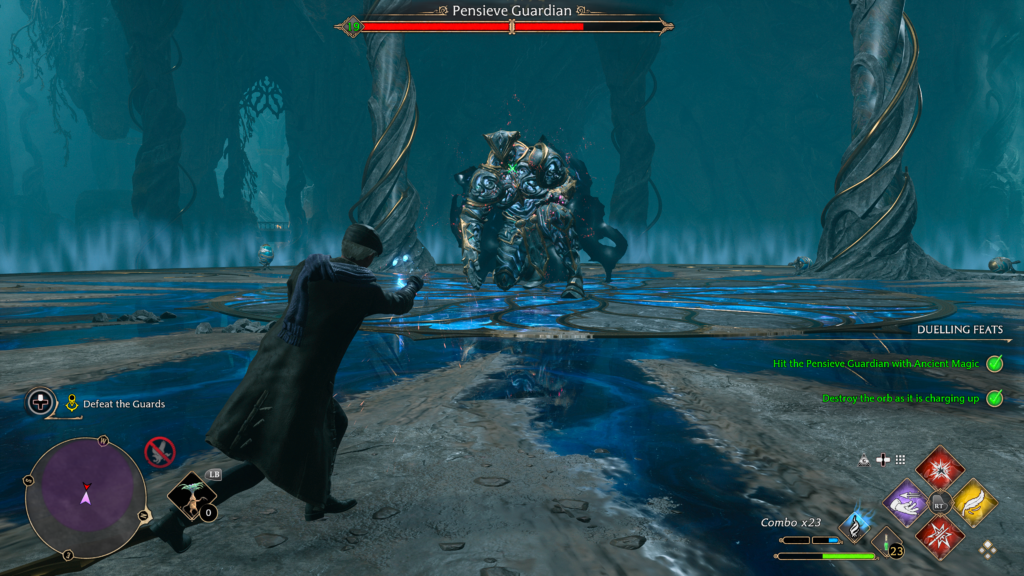
None of this would work if the action that followed was bad, but that works extremely well. Ultimately, the closest thing I could compare it to would be something like Mass Effect. At the end of the day this is a third person shooter full of projectiles flying everywhere, but each attack is based in magic. Where Mass Effect would have a magnetic shield, this has Protego. Where Mass Effect would throw grenades at range, this has Bombarda. Where Mass Effect has cryo weaponry, this has Glacius spells. Where Mass Effect has poison dots, this has curses from Crucio.
From an experience standpoint it all just feels natural as a result. This may be an 1800s magic game, but it feels like something that almost any core gamer has played before. The control scheme is similar, the results of actions are similar, and the moment to moment gameplay is similar. That may sound a lot like “well it’s been done before”, and I suppose there is some truth to that. The thing that’s impressive is that it doesn’t feel like a retread, but instead feels like a perfectly natural blend of known gameplay and a completely unrelated IP.
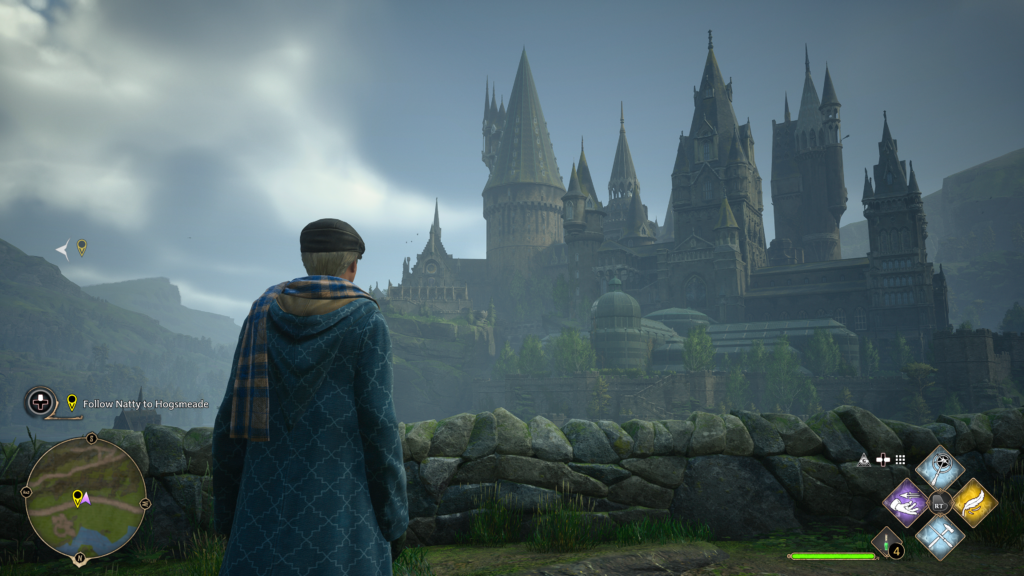
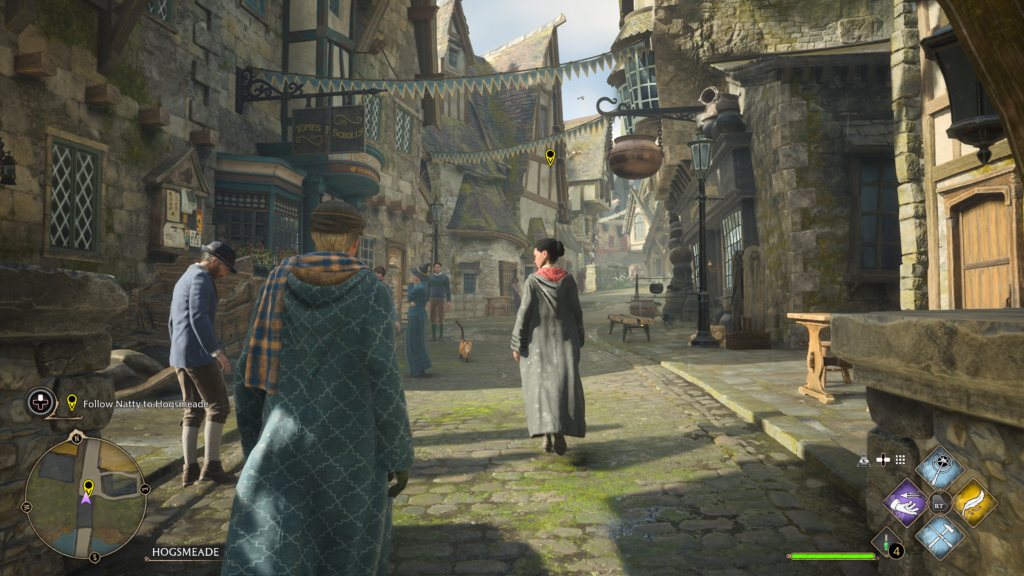
However, they also really do hit that nostalgia hard in this. The thing about Hogwarts that was always pressed into my brain was how much it was a maze and this absolutely feels like a maze. There’s spiral staircases and unnecessary hallways and hidden hallways and all sorts of chaos, and at first it’s overwhelming. However, the game does a great job of leading the player via a “spell” that shows them the path to where they’re trying to go. Then over time as you explore you start to recognize spots and it continues to be a maze, but it’s a maze you know and in that sense you then start to appreciate how well put together the entire school sandbox is to feel so much like my expectations and yet still allow me to easily get around.
Places like Hogsmeade are the same. IT feels like an overwhelming place to walk into. All of the buildings are a little rickety and feel like they may fall over at any time. Places like Honeydukes look like an explosion of treats. Ollivander’s is floor to ceiling stacks of wands. The Three Broomsticks looks like the perfect pub to hop into on a cold day. Basically, it all works to hit that nostalgia of the series, but it also works incredibly well as the core upgrade hub of the game. Where Hogwarts is the place where you learn new stuff, Hogsmeade is where you improve things. You’re there to sell unused gear and get money to grab new potion recipes or conjuring spells or broom upgrades or combat items. What it ends up being is that you kind of end up hopping back and forth between the two in natural waves where Hogwarts kind of becomes a hub to learn for a while, then you’re off in the world and hopping back to Hogsmeade to bring your power curve up. In that sense, it’s gamifying nostalgia in a way that just works.
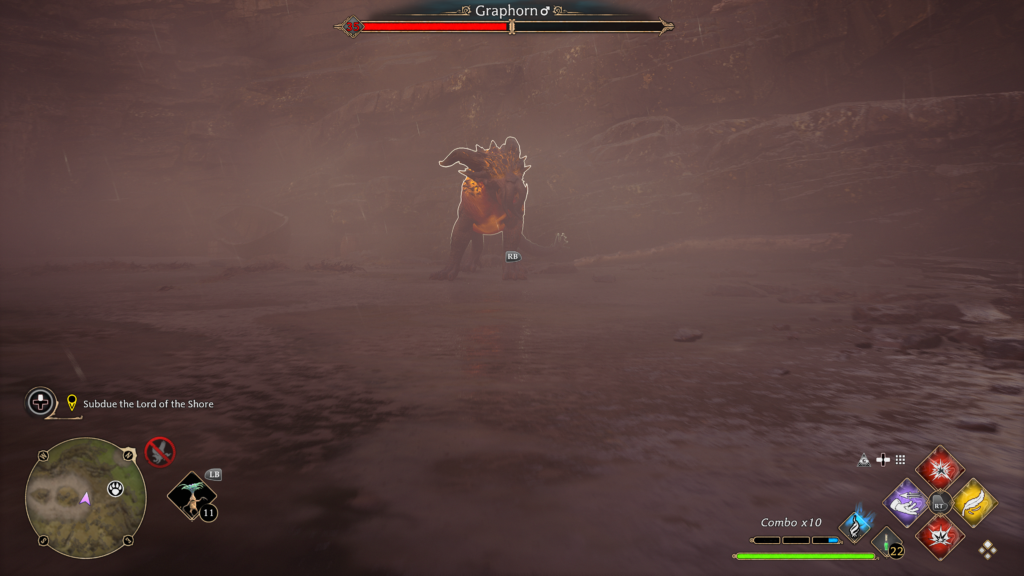
In continuing to play to both the game and nostalgia aspects, this ends up being one of the most impressive licensed titles that I’ve likely ever played. Licensed games are often hard to get right because the IP ends up having to be important enough to sell the game. In this case, I think the game benefited a lot from not having to tie itself to Harry Potter. It could simply be a game in the overall lore of the IP and live on its own in an impressive way. It took pieces that were important in the setting and the very loose lore of witches and wizards existing and crafted a game that naturally worked around that. The game is not appreciably different than it would be if it was not Hogwarts, but in doing so it allowed itself to be attached to something that was going to simply sell more with the same game, and in doing so it opened a path forward for the studio that had seemingly been left to die after the end of Disney Infinity.


